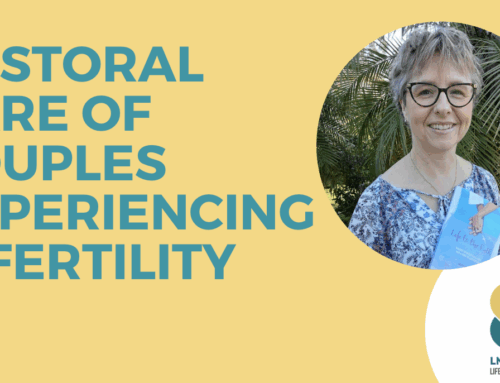Delaying divorce to save marriages: The Second Chances Act by Dr. William Doherty and Leah Ward Sears
Washington Post article – Published October 20, 2011
Conventional wisdom holds that about half of U.S. marriages end in divorce — and that most Americans wish the divorce rate were lower. Still, many are skeptical about whether we can lower the divorce rate without trapping more people in bad marriages.
This skepticism is fueled by two common assumptions: Divorce happens only after a long process of misery and conflict; and, once couples file for divorce, they don’t entertain the idea of reconciling.
We now know those assumptions are wrong.
Research over the past decade has shown that a major share of divorces (50 to 66 percent, depending on the study) occur between couples who had average happiness and low levels of conflict in the years before the divorce.
Contrary to popular belief, only a minority of divorcing couples experience high conflict and abuse during their marriages. Most divorces occur with couples who have drifted apart and handle everyday disagreements poorly. It is these “average” divorces that research shows are the most harmful to children.
In their study documenting the difference between high conflict and average divorces, sociologists Paul Amato and Alan Booth offer this promising conclusion: “Our results suggest that divorces with the greatest potential to harm children occur in marriages that have the greatest potential for reconciliation.” …read the full review here



